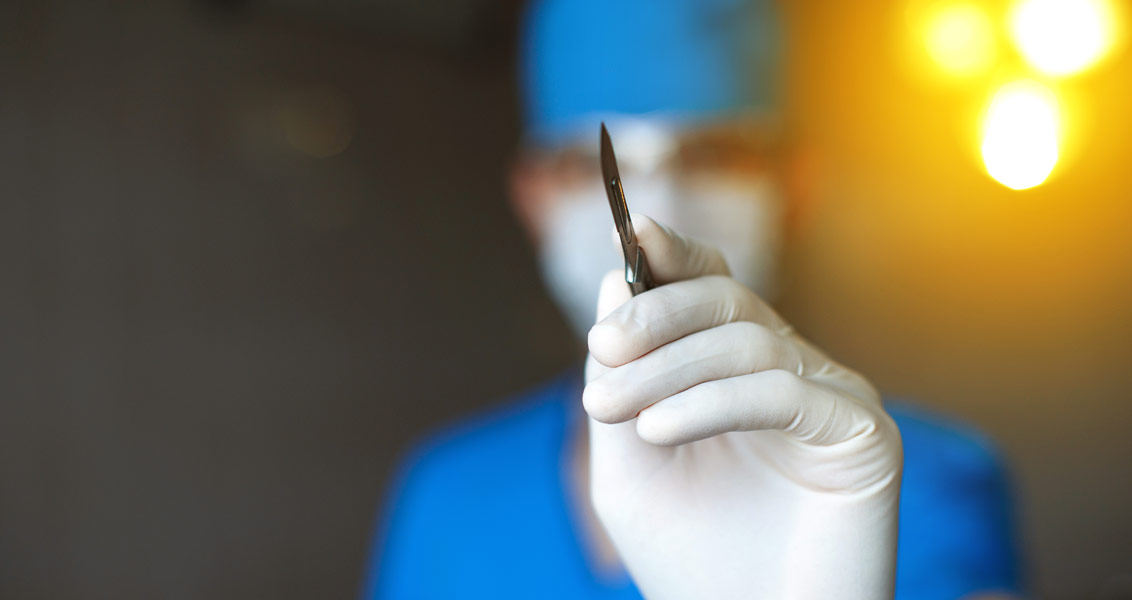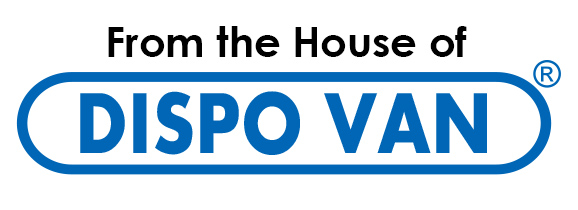

Definition
Medical sharps comprise heterogeneous sharp materials used in medical or surgical interventions. Syringes, needles, infusion set, glass slides, broken glass, scalpels, razors, knives, scissors, Pasteur pipettes, or any other object with a sharp edge are typical examples for the sharps. These devices are used for injecting medicines, drawing blood or other body fluids from the body, making pricks on the skin for getting blood, etc.
Hazards of Medical Sharps
Sharps need cautious handling as there are plenty of chances of casual injuries by these objects. The handling of medical sharps is common among Medical and paramedical professionals and hence they are at a greater risk of facing needle stick injuries, cuts, and punctures. Meanwhile, some studies have reported that the general sanitary workers are also at equal risk of such injuries while handling the bulk waste materials.
Therefore, injuries from used medical sharps act as one of the major causes of occupational hazards to the medical and paramedical professionals and public waste management employees. Exposure to blood-borne pathogens like Hepatitis B, Hepatitis C, HIV and others is the most serious risk involved in such injuries.
How to prevent sharps injuries?
Prepare well before performing any procedure using sharps. Keep all the required objects/materials like alcohol, gauze, swabs, bandages, etc. readily available at the place of work. Keep the sharps disposal container at an easily accessible way near to the work table. Also, make sure that the disposal container has enough space in it and available within reach of the working team. Never try to overfill the disposal container as this will lead to the piercing of the container, and accidental fall of any sharps outside the container. In case needles or sharps have any protective devices such as the sheaths, lids or covers make sure how to use them correctly. Students and young professionals can make use of handling devices like holders for loading/unloading needles, retract tissues, etc. till they gain comfort in performing the tasks. Provide appropriate safety instructions to all members of the working team before starting the process in the case of surgeries and other practices involving more number of professionals.
How to use sharps in home healthcare?
People with chronic ailments like diabetes, often need the use of medical sharps in a home setting. In such cases, the devices should be kept out of reach from the children and away from food supplies. The used sharps need to be disposed to separate and safe containers and they should be labeled and transferred to the public waste disposal system regularly.
Safe Disposal of Sharps
All health care organizations, educational institutions, industries, offices, and homes should follow basic safety measures while disposing of the medical sharps after use. Depending on the extent of requirement, every place should have one or more sharp disposal containers. The containers should be made of puncture resistant material other than glass or plastic, leak proof, with proper lid and markings for the “maximum fill” level. The container should have labeled as “Hazardous materials” and properly sealed before handing over to the authorized waste processing system. If the medical sharps are contaminated with a radioactive or hazardous chemical they should be disposed of separately with suitable tags. All sharps containers must be disposed within seven days of being full.
Challenges
Disposal of medical sharps, as well as other medical wastes, is a challenging task the world over. In the developed countries, the volume of the sharps matters, as many unused devices are also dumped into the waste containers merely because of the reason that the package was opened in the operation theater and the some of the devices got used during a surgical procedure. Whereas, in the developing countries, the collection, sorting, and disposal processes are not streamlined and may not exist at all in some of the remote rural areas.
Recommendations
Creating awareness among the public regarding the risks of medical sharps, educating on safety practices of use and disposal across all strata of the society, equipping the waste disposal process with standard containers and processes for safe disposal of the sharps accompanied by stringent regulatory control of the process would help in minimizing the risks of medical sharps in the developing world. In the case of developed countries, measures to stop the disposal of unused sharps can help in reducing the volume of the waste.

